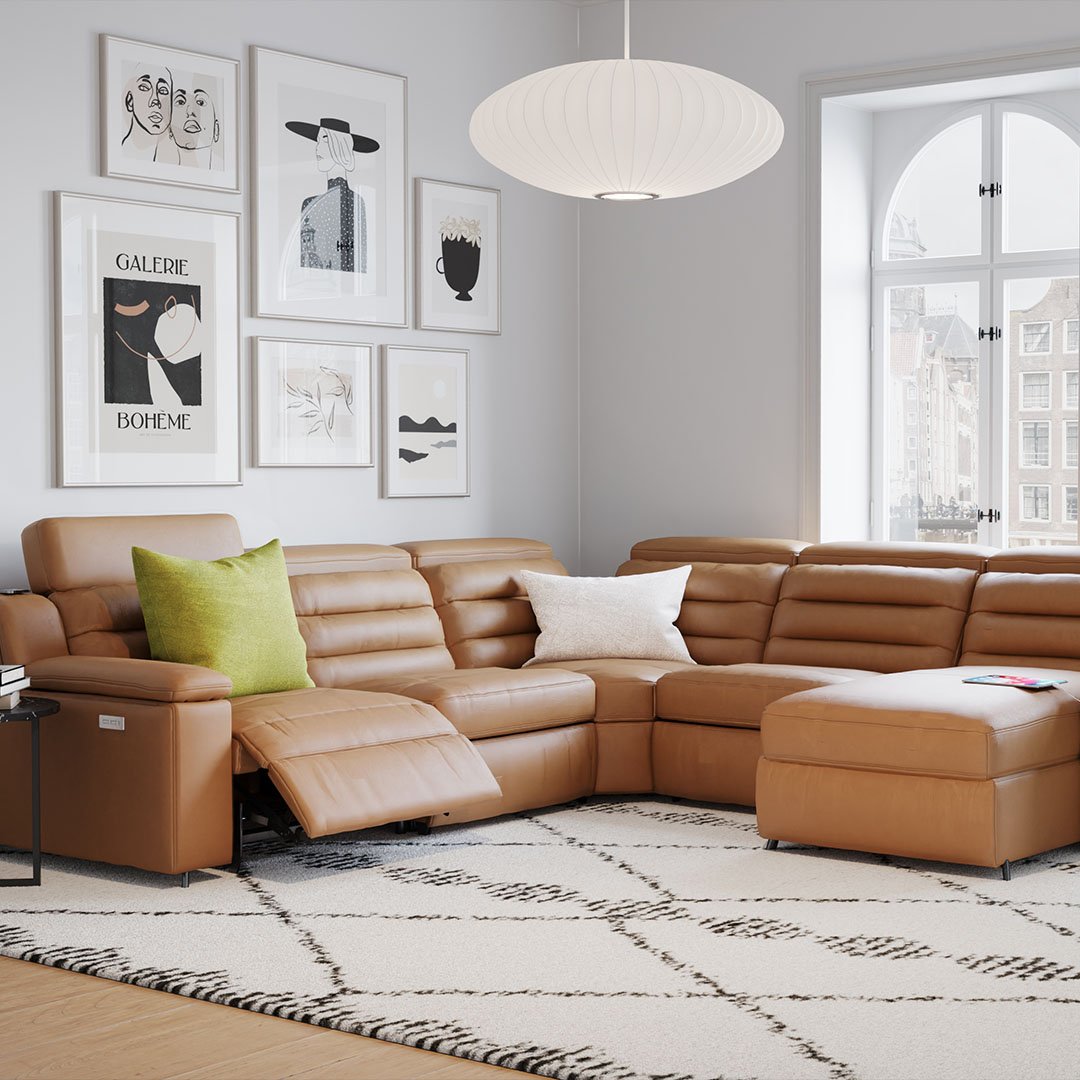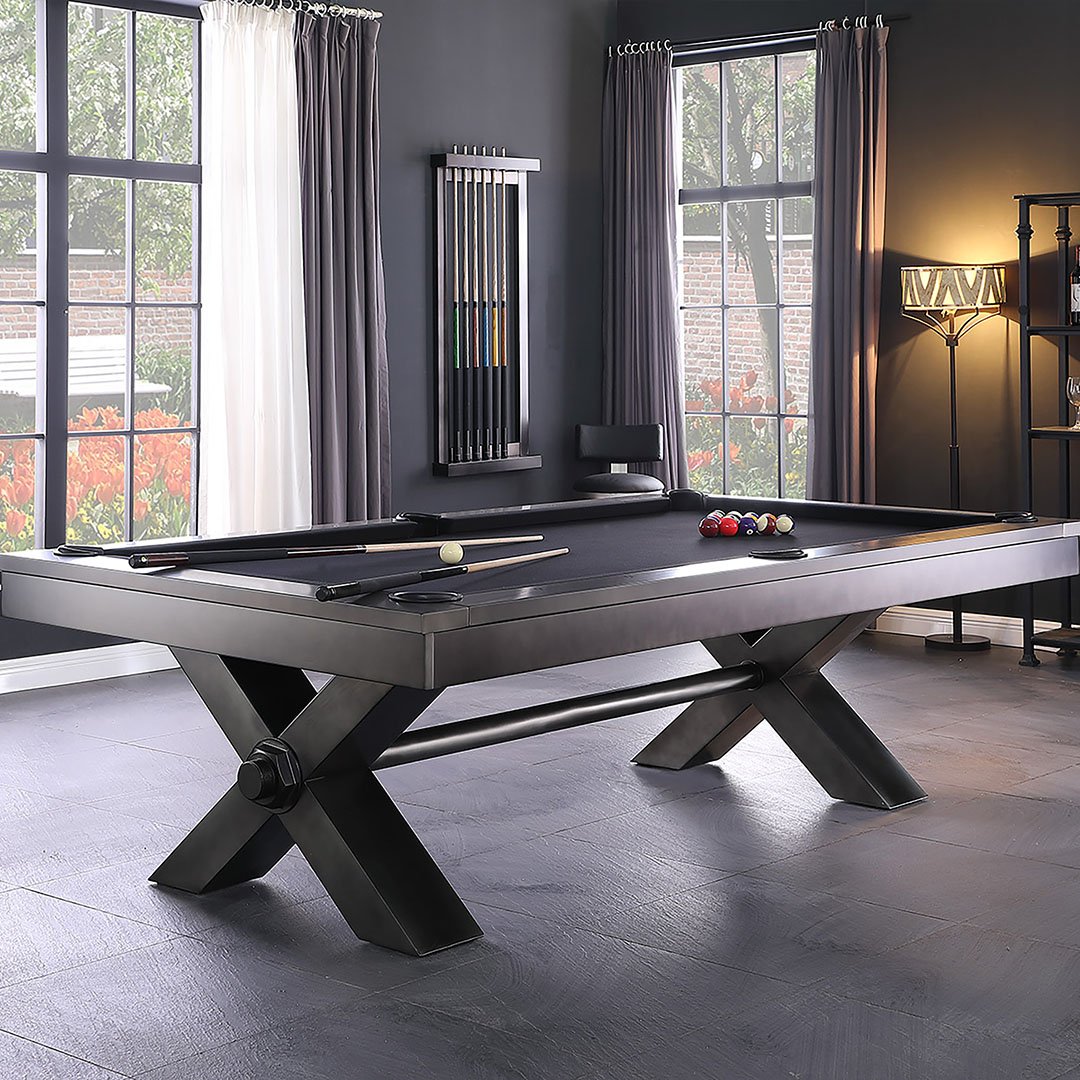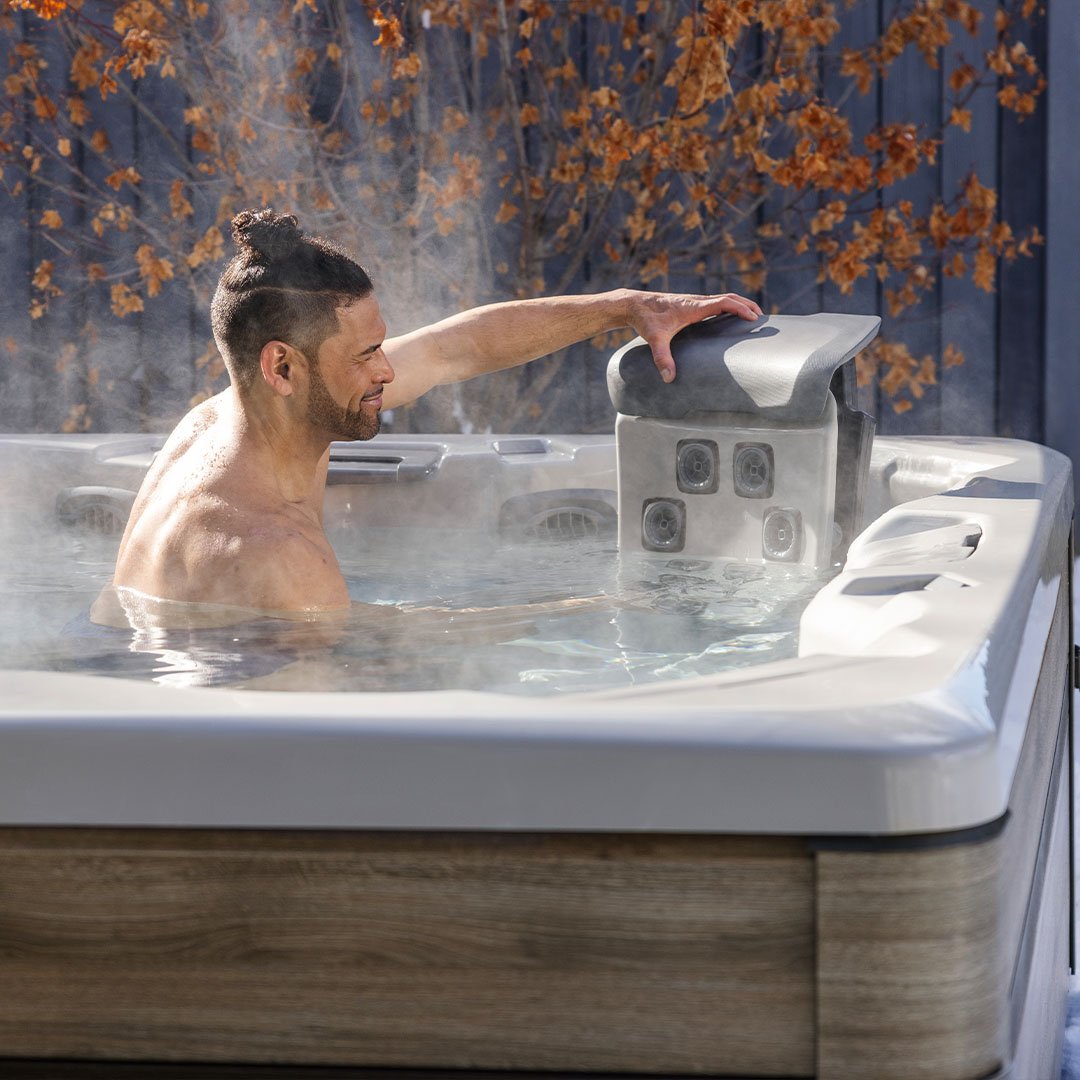Considering Space and Recliner Size: Guide to Choosing the Perfect Fit
Choosing the perfect recliner for your home is about more than just comfort and style—it’s about finding a piece that complements your space without overwhelming it. Whether you're working with a small apartment or a spacious living room, considering both your room's dimensions and the recliner’s size will help you create a balanced and functional layout. This guide will walk you through the essential factors to consider when selecting a recliner that fits just right.
How to Choose the Right Recliner Size Based on Your Space
1. Measure Your Space Before Shopping
Before you even begin browsing for recliners, take a close look at your living room or the space where you plan to place the chair. Measure both the total room size and the area you intend to allocate for the recliner. Remember that recliners need extra space for full functionality—especially if they recline fully.
-
Standard Recliner Space Requirements: Most recliners need about 1 to 3 feet of space behind the chair for reclining, and an additional 1 to 2 feet in front for footrests. If you don’t plan ahead, you might find the recliner obstructing walkways or taking up too much valuable floor space.
-
Tip: Use painter's tape to outline the intended recliner space on the floor. This will give you a visual understanding of how much room it will actually occupy.
2. Consider the Style and Size of the Recliner
Recliners come in various styles and sizes, and understanding the different types will help you make a choice that works for both your comfort and your space.
-
Small-Space Recliners: Compact recliners are designed for smaller living rooms or apartments. They provide the comfort of a recliner without consuming too much square footage. If you're working with limited space, a wall-hugger recliner might be ideal since it only requires a few inches behind the chair to fully recline.
-
Standard Recliners: These are typically larger and require more room for both reclining and moving around. They’re best suited for mid-sized to large living rooms.
-
Oversized Recliners: If you have a larger space and prefer maximum comfort, oversized recliners or recliner sofas may be ideal. Just be sure to consider how this larger piece of furniture will impact the overall flow of the room.
3. Balance Functionality with Aesthetic
Your recliner should blend seamlessly with the rest of your décor, but it’s equally important that it doesn’t make the room feel crowded. A chair that’s too large for your space can easily dominate the room, while a chair that’s too small might look out of place or underwhelming.
Here’s how to find the right balance:
- Match the recliner to your furniture size: If you have large, bulky sofas, a compact recliner might look disproportionate. On the other hand, if your furniture is sleek and minimalist, an oversized recliner may feel too overpowering.
- Select complementary colors and textures: Choose a recliner that harmonizes with your existing furniture to keep the room looking cohesive.
4. Think About Traffic Flow and Accessibility
When placing your recliner, think about how it will affect movement within the room. You’ll want to ensure there’s enough space to walk around the chair comfortably and that it doesn’t obstruct doorways, windows, or other essential parts of the room.
-
Plan for foot traffic: Ideally, leave about 2 feet of space around the recliner for easy movement. This ensures that both the chair and surrounding furniture are accessible without feeling cramped.
-
Accessibility considerations: If the recliner is for someone with mobility concerns, choose a model that is easy to get in and out of. Consider a power recliner, which requires minimal effort to adjust and can provide added convenience.

5. Recliner Size Guide: Choosing the Right Fit
Not all recliners are built for every body type. When you’re considering the size of the recliner in relation to your space, also keep in mind who will be using it the most.
-
Small Recliners: These are best for individuals under 5'4", providing adequate support for shorter legs and smaller frames. These recliners typically take up less space and can easily fit into cozier areas.
-
Medium Recliners: Designed for average-sized individuals (between 5'4" and 6' tall), medium recliners strike a good balance between space and comfort.
-
Large Recliners: If you or someone in your household is over 6' tall or prefers more room to stretch out, opt for a large or oversized recliner. Keep in mind that these chairs will need more space to recline and may not be ideal for smaller rooms.
6. Don’t Forget About Recliner Features
Beyond size, you should also consider the features your recliner offers. Features like built-in storage, cup holders, or massage functionality can enhance comfort but may add to the size of the recliner. Always weigh these extras against your space to avoid crowding the room.
- Wall-hugger recliners: Great for tight spaces, these models recline forward rather than backward, making them a perfect solution for small rooms.
- Swivel and rocker recliners: These options add versatility but also require more room for movement.
Find the Perfect Recliner for Your Space
Finding the right recliner size requires careful consideration of both your space and your personal comfort needs. Measure your room, consider the scale of other furniture, and leave room for the chair to recline fully without obstructing walkways. By balancing comfort, style, and functionality, you’ll find a recliner that not only fits perfectly in your home but also enhances your overall living space.
Frequently Asked Questions
What size recliner is best for a small living room?
For smaller spaces, consider a wall-hugger or compact recliner. These models save space by reclining forward, making them ideal for tight areas without sacrificing comfort.
How much space do I need for a recliner?
Generally, you need at least 1-3 feet of space behind the recliner for it to fully recline and 1-2 feet in front for the footrest.
Topics: Indoor Furniture - Living Room












